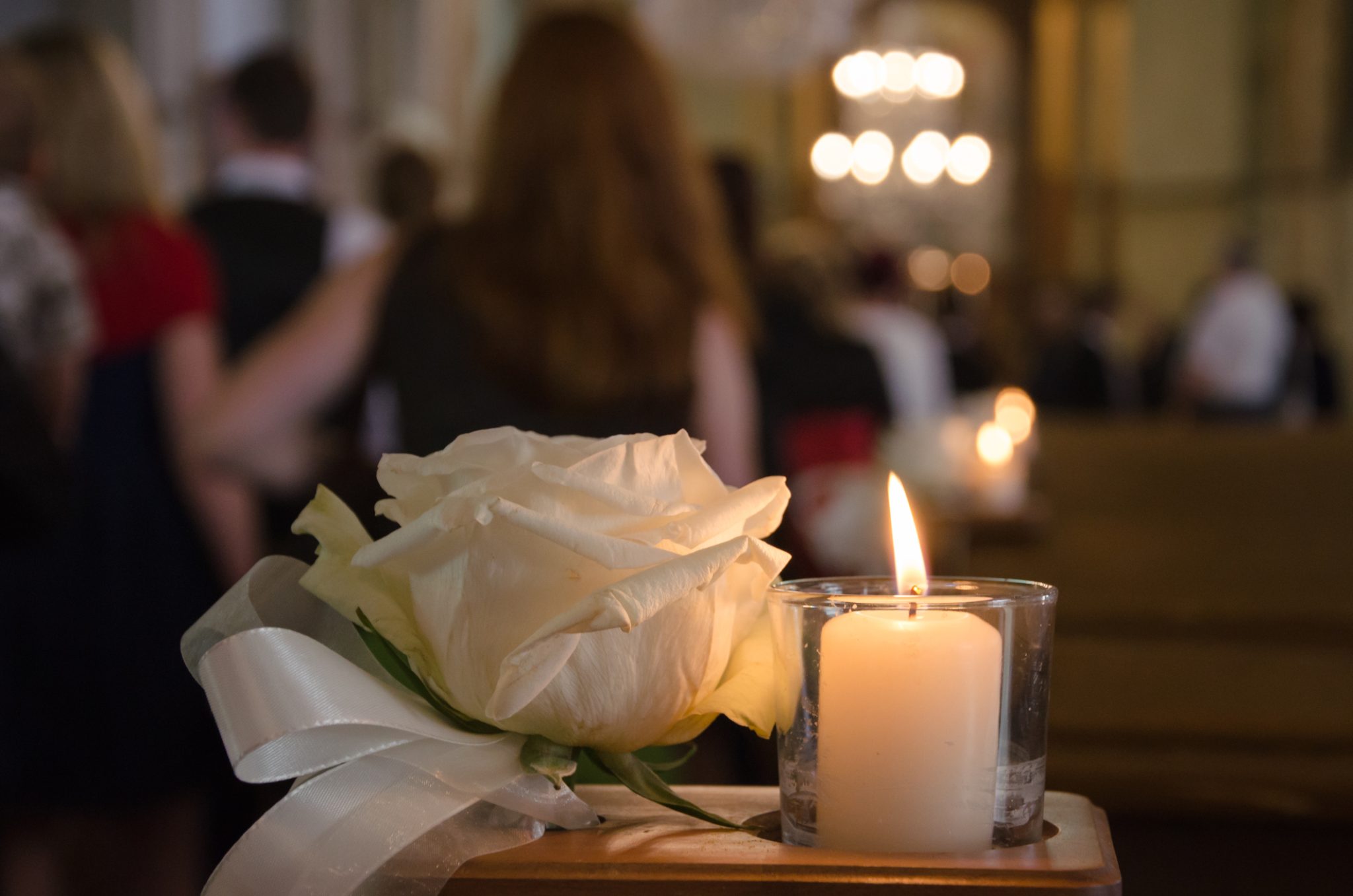
Complete Guide to Funeral Planning
Planning a funeral doesn’t have to be complicated, but it can feel overwhelming. Start here with our Complete Guide to Planning a Funeral. With step-by-step insights and actionable strategies for finalizing every detail, you’ll have the tools you need at your fingertips.
Because funerals often happen just days after death — within 24 hours in certain religions — the process is overwhelming. There’s a lot to do, countless considerations to weigh, and seemingly endless lists of people to notify. On top of that, family and loved ones often grapple with their own grief and heavy emotions which can impair decision-making and even paralyze the initial planning process.
But funeral planning can’t be put on the back burner. Immediately following your loved one’s passing, it’s essential to get the wheels in motion. Much of this is tied to other decisions you’ll make — the burial or cremation, for example — which will help inform your next steps. Likewise, though, much of funeral planning relies heavily on the deceased’s life, expressed preferences, and, you knowing what would be appropriate to help begin the healing process.
Still feeling overwhelmed? Take a breath and start here with Tippecanoe Funeral Home’s Guide to Planning a Funeral, so you can spend less time planning and more time celebrating your loved one’s life.
Working with a Funeral Expert
The first thing you do when a loved one passes is to contact the funeral home to remove the body and begin initial preparation. Sunset’s funeral experts will take care of all of this for you.
Our funeral directors will help you with your immediate needs and also will be your most critical go-to in the funeral planning process. They can guide you in everything from scheduling, to planning the day, to organizing key details like transportation, and flowers, and, even, helping you find the right cemetery Don’t be afraid to ask questions — no doubt he/she has heard and seen it all and, while your questions may seem trivial or even outlandish to you, they’ll be happy to answer them quickly and authoritatively.
A good first step? Ask for a planning checklist so you can keep tabs on everything you’ve done and everything that needs to be done, or make your own and include the following items:
Decide on the Basics
One key decision: burial or cremation? Each option comes with unique considerations — cremating your loved one’s remains may open the door for a memorial service at some point now or in the future (check out our free Cremation Guide here), while a burial requires, minimally, that a cemetery service takes place within a few days. Choosing one or the other may also impact your immediate next steps, including everything from embalming and other preparations if there is to be a visitation to options for interment and more.
- Choose the location: If your loved one was religious or had a connection to an area church, synagogue, or house of worship, your clergy can be very helpful. Clergy is typically very understanding and very flexible when it comes to scheduling funeral services and can help guide not just this piece of the process but also help inform you of other key details as they arise. There’s typically a suggested donation tied to funeral services in a house of worship — usually, a few hundred dollars is appropriate. If the person performing your loved one’s funeral doesn’t mention a recommended amount, consider $200 to $300, depending on your family’s relationship with the house of worship. If the deceased was particularly integrated into the community, he or she may have wanted you to give a greater donation.
- Add in personal touches: Will you have readings — and will those readings be religious texts or personal eulogies and remembrances? Will favorite flowers be brought in to adorn the casket and add color to the church or funeral home? Will your loved one be buried in a specific outfit she loved? Will photos be displayed? Will letters or other meaningful items line the casket? What about music? And, above all, are there any requests your loved one left or that you know he or she would have wanted? Many people opt for a very personal funeral and service. With that come many decisions and choices. Remember, there’s no right or wrong here — it’s all about what your loved one would want. Consider tapping a close family friend or relative to assist with this piece. They’re likely to be very pleased to help and, equally importantly, will be able to free you up for other decision-making.
- A final note: If your loved one was connected to a specific charity or nonprofit, consider asking for donations in lieu of flowers. You may even consider requesting donations for the hospital or hospice where the deceased spent his or her final days, or a charitable organization tied to a disease or illness that impacted them — think the American Cancer Society, American Heart Society, or the Alzheimer’s Association. It’s important to make this determination up front, though, because mourners will begin sending flowers immediately. Publishing this information in their obituary and notifying friends and family of your wishes will help maximize donations. Our Funeral Directors can guide you through these processes and smaller decisions — and our Planning Guides and articles in our Blog can help walk you through some of the bigger considerations and next steps, including planning a burial and even writing an epitaph.


